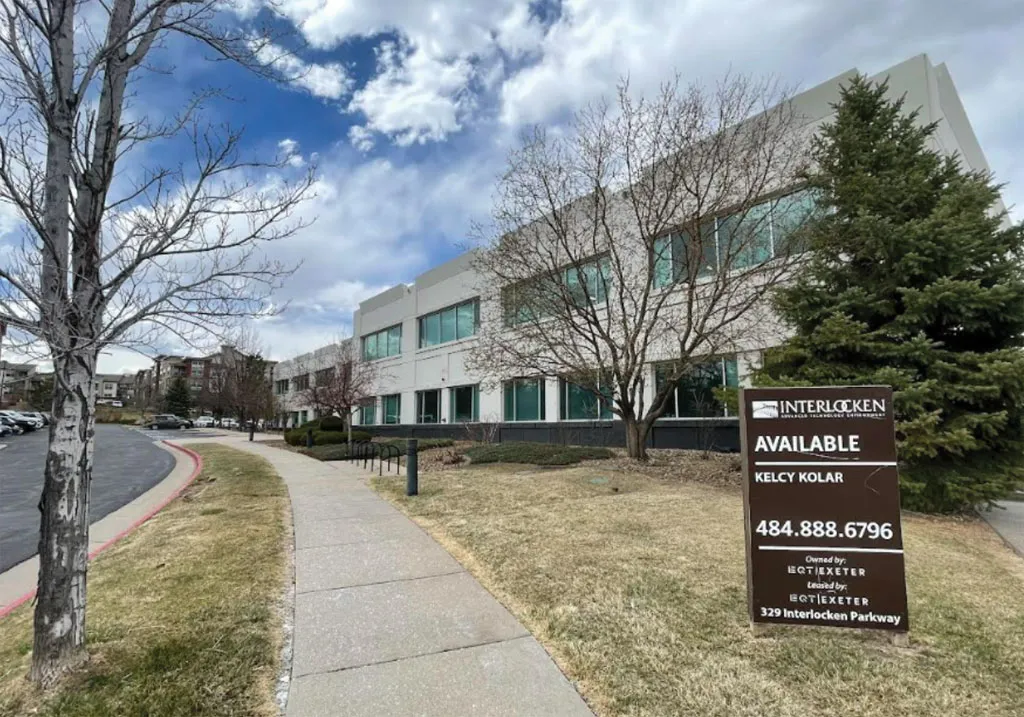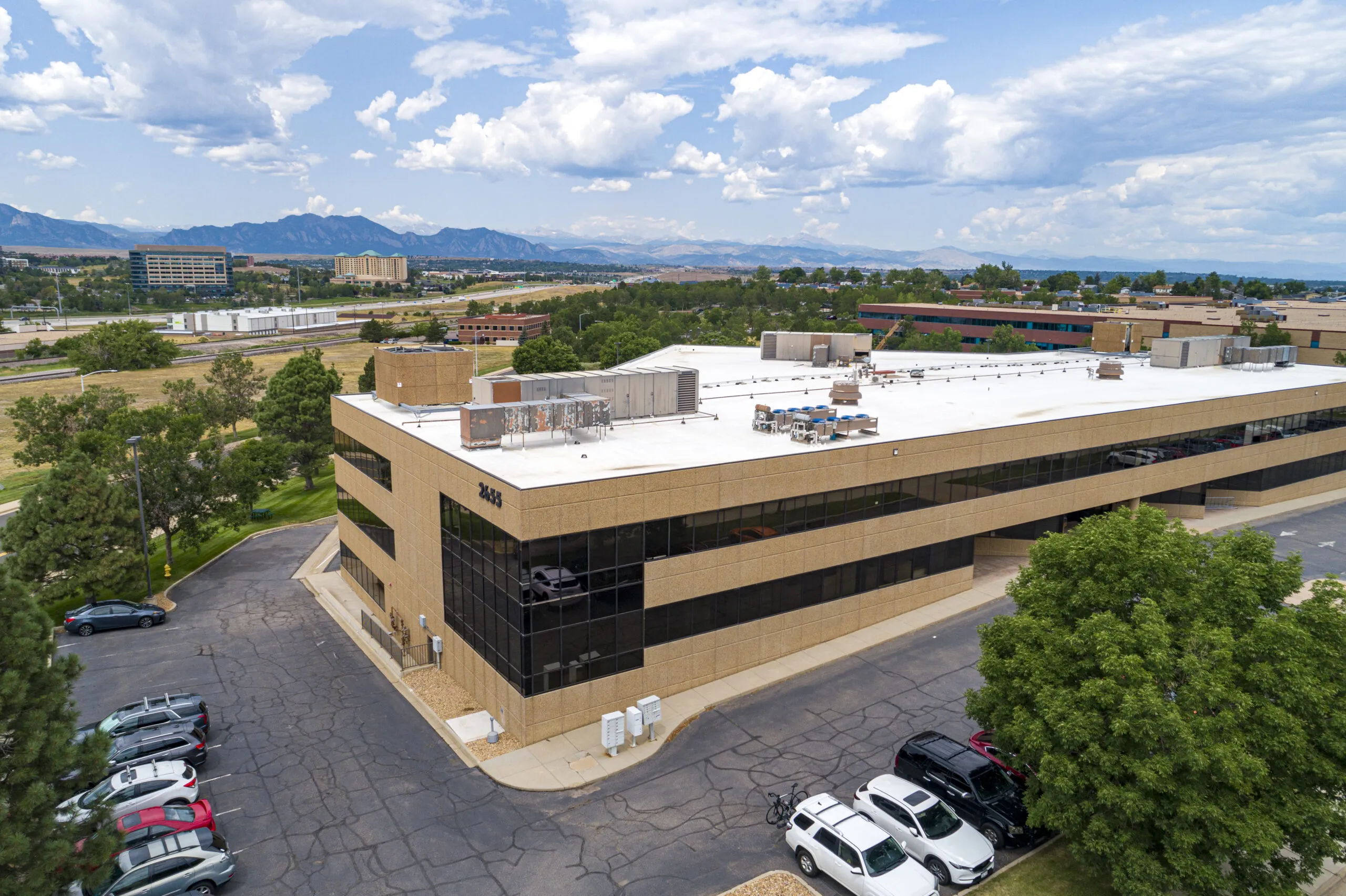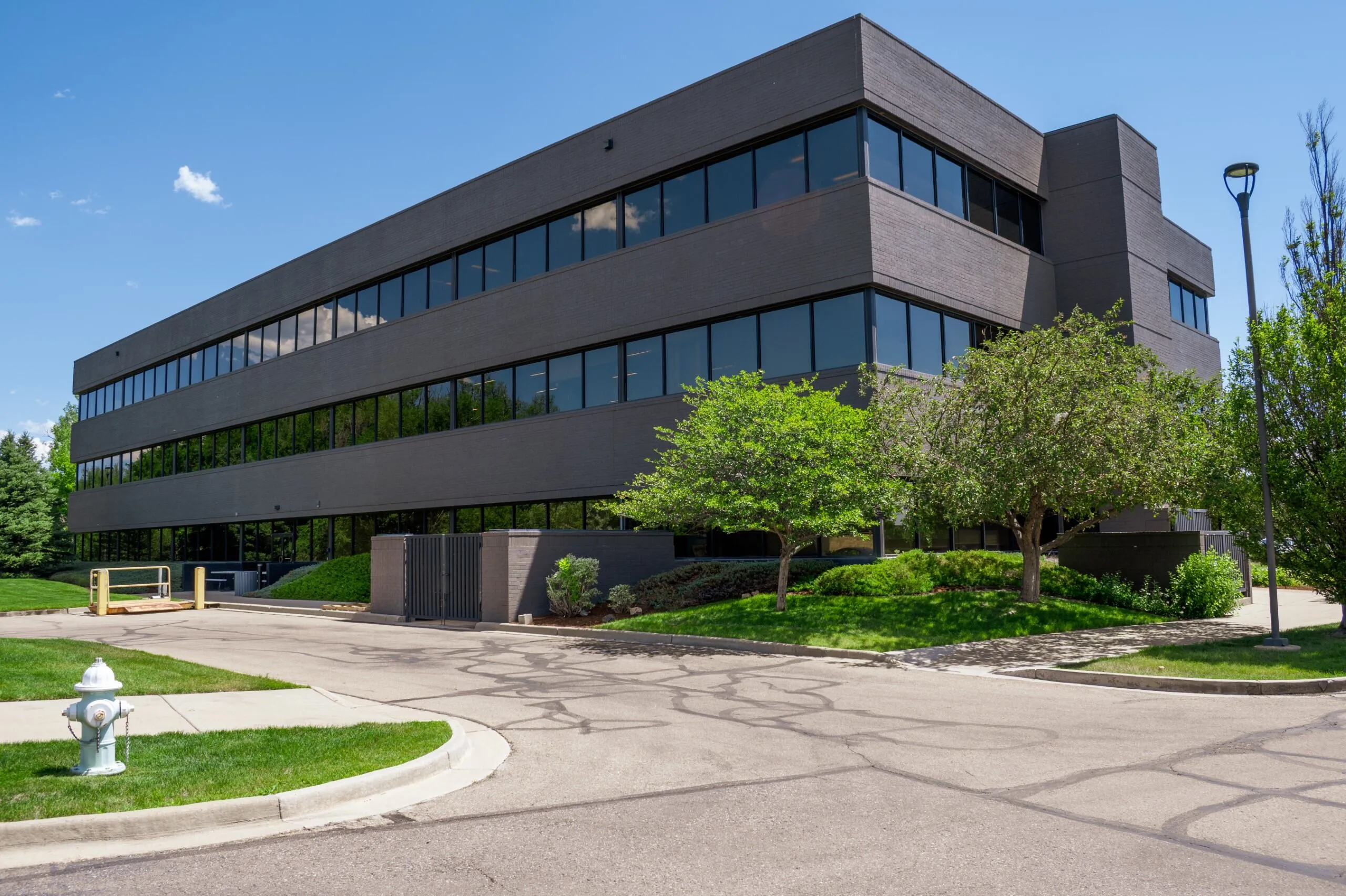Office sector still not recovered
Rising vacancies, higher tax bills, changing work culture challenge office sector

Different real estate types take more than their fair share of lumps during different economic eras. The rise of e-commerce giants such as Amazon left brick and mortar retailers shaking in their boots. The Great Recession threw homeowners for a loop. More recently, the COVID-19 pandemic and its aftermath have pulled the rug out from under the office market in the Boulder Valley, Northern Colorado and beyond.
“It’s not real optimistic,” said Jake Hallauer, president of Northern Colorado commercial real estate brokerage NAI Affinity. “I think there are some serious concerns from a lot of office landlords.”
Downtown Boulder’s office vacancy…
THIS ARTICLE IS FOR SUBSCRIBERS ONLY
Continue reading for less than $3 per week!
Get a month of award-winning local business news, trends and insights
Access award-winning content today!





